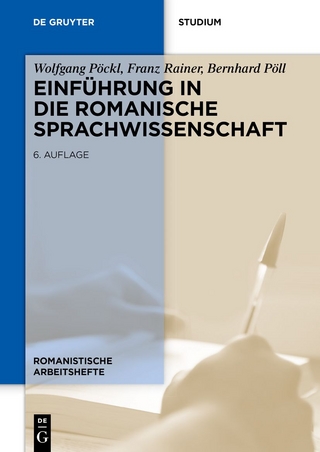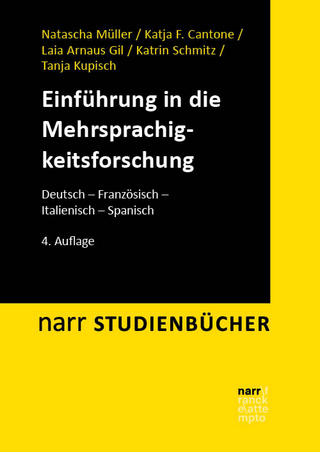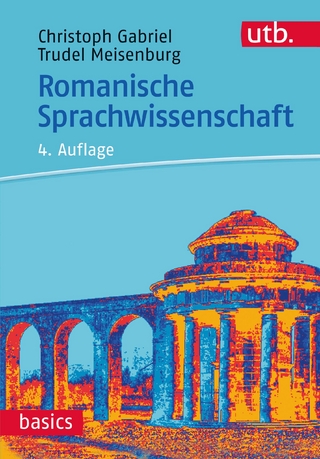
The African Theory of Aryan Origin. A Linguistic Approach
Seiten
2018
|
1. Auflage
GRIN Verlag
978-3-668-70313-1 (ISBN)
GRIN Verlag
978-3-668-70313-1 (ISBN)
- Titel nicht im Sortiment
- Artikel merken
Forschungsarbeit aus dem Jahr 2018 im Fachbereich Französische Philologie - Linguistik, Note: 4,0, Internationale Universität für Geisteswissenschaften Odessa, Sprache: Deutsch, Abstract: In this work the problems of origin and migration of Aryans and especially the development of their language have been studied. The analysis of these problems has led to the formation of the African theory of the Aryan ethnic group origin. This hypothesis is the cornerstone of this monograph, covering all of its chapters. As the material testifies, primary signs of the phonetic formation of the Indo-European protolanguage have their origin in the Bantu languages and other languages of Africa. They explain the «law of open syllables» in Slavic languages.In general, the linguistic analysis indicates the migration routes of the Aryans, who departed from the African continent in about VII century B. C. and headed off in the direction of Asia Minor and the Mediterranean coast. At that time the Aryan community split into two groups - the Western, which went from Asia Minor to the Balkans, forming Hittite, Armenian, Greek, Albanian languages, and Eastern group, which travelled through the Caucasus from the East and met with Finno-Ugric tribes. Subsequently, the Aryan group was divided into two subgroups: the Eastern, which went to China to form the region of Ordos (Tocharian language), and the Western, which occupied the Northern Black Sea steppe of Ukraine to the Carpathians.In III Millennium B. C. there has been a breakdown of this Aryan ethnic group, which gave birth to Slavs, Balts, Germans, Celts, Illyrians and Thracians who migrated into Central and Northern Europe. Earlier Indo-Iranians moved through the coastal lands to the North of India. On the whole, this study demonstrates convergent development of peoples, according to which the Aryans initially consisted a heterogeneous ethno-lingual totality which, on the basis of territorial proximity and Gentile, formed into a relatively unified ethnic group and «higher» language (Koine) which evolved into Indo-European languages.
Am 7. Juni 1938 im Dorf Pysarshhyna Poltavs'koi' oblasti (Ukraine) geboren. Im Jahre 1955 die Mittelschule im Dorf Kryva Ruda beendet. Nach dem Abitur studierte an der Metschnikow-Universität in den Jahren 1957-1962 und erhielt das Fach: Philologe, Deutsch- und Ukrainischlehrer. 1972 promovierte an der Leningrader Universität bei Prof. Dr. Zinder L. R., 1982 habilitierte sich für das Fach Germanistik/Slawistik. Ab 1973 bis 1997 war Lehrstuhlleiter für deutsche Philologie an der Metschnikow-Universität, 1998 wurde emeritiert. Zur Zeit ist tätig als Professor am Lehrstuhl für germanische und orientalische Sprachen an der Ausländischen Universität für Geisteswissenschaften (Odesa).
| Erscheinungsdatum | 13.10.2018 |
|---|---|
| Sprache | deutsch |
| Maße | 148 x 210 mm |
| Gewicht | 44 g |
| Themenwelt | Geisteswissenschaften ► Sprach- / Literaturwissenschaft ► Romanistik |
| Geisteswissenschaften ► Sprach- / Literaturwissenschaft ► Sprachwissenschaft | |
| Schlagworte | Arier • Herkunft • Indoeuropäistik • Migrationen • phonetischemerkmale • Substrate |
| ISBN-10 | 3-668-70313-2 / 3668703132 |
| ISBN-13 | 978-3-668-70313-1 / 9783668703131 |
| Zustand | Neuware |
| Haben Sie eine Frage zum Produkt? |
Mehr entdecken
aus dem Bereich
aus dem Bereich
Deutsch – Französisch – Italienisch – Spanisch
Buch | Softcover (2023)
Narr Francke Attempto (Verlag)
27,99 €


